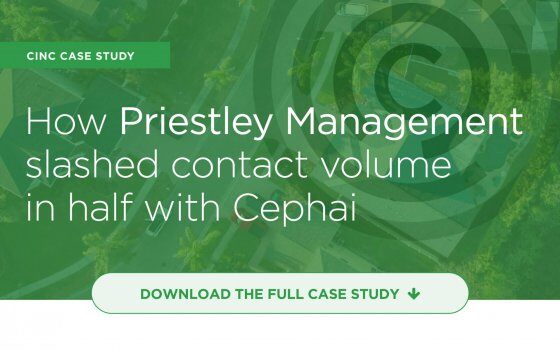
Why HOAs Need a Culture of Transparency, With or Without New Laws
Read

Scaling With Soul: RISE Management Group Reimagines Growth Using AI
Read

Homeowners questioning rising HOA fees? Here’s how management companies can demonstrate value
Read

Prepare to Win in 2025: Key Considerations & Trends in Community Association Management
Read

Navigating Peak Violation Season: Turn Summer Stress Into Success
Read

How Priestley Management slashed contact volume in half with Cephai
Read

Get Ready: Homeowner Associations Must File Under the Corporate Transparency Act
Read

4 Ways Cephai Makes Pool Season a Breeze for Community Managers
Read

The Call to Redefine Community
Read

The Latested Updates on The Corporate Transparency Act
Read

How Spectrum Association Management Got 130,000+ Homeowners to Adopt its Mobile App
Read

Recap and Takeaways | CAI Nationals 2023
Read